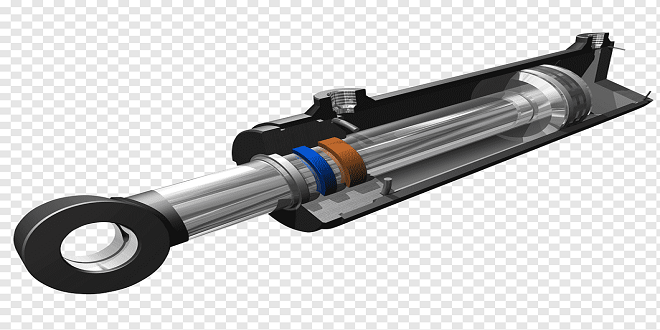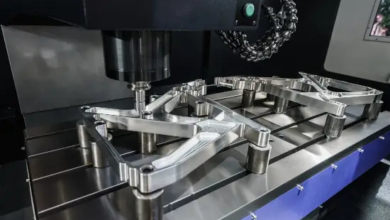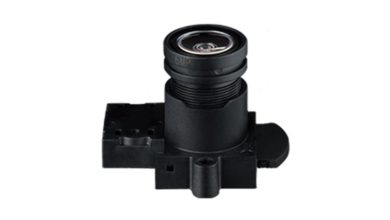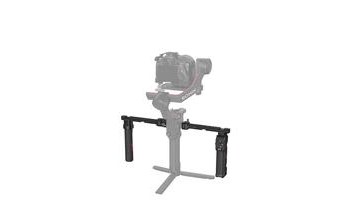Automobile Brake band actuation
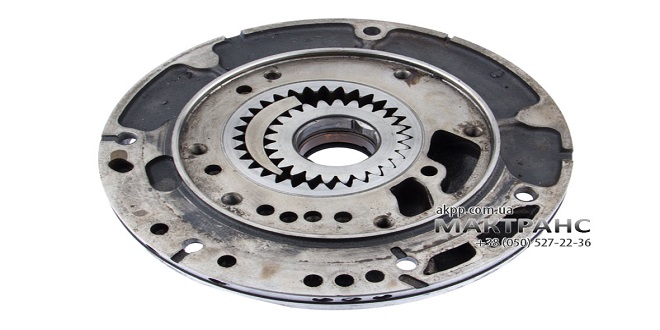
Normally two or more brake bands are fitted in a gearbox to prevent rotation of the gear members. The band is anchored at one end to the casing to resist the rotational force and is actuated by a hydraulic servo at the free end. Maximum braking torque is achieved by sitting the anchor in such a position that the rotational force of the drum produces a self-wrapping action.
Single-acting servo
Fluid leakage past the piston is prevented by a synthetic rubber ‘O’ ring and spring is fitted in the chamber to return the piston. The force exerted by a servo must be sufficient to prevent the slip of the drum, so bands controlling gears having a high torque output are fitted with a servo cylinder, which has either a large area or a high operating pressure.
Delay servo
The delay feature is achieved by using a second (inner) spring and a piston rod that can slide through the piston, instead of being rigidly attached, as in the basic type. When fluid pressure is applied, the initial piston movement compresses the innerspring.
A double servo is used to provide a smooth change between second and third gear; in this case, the application of the brake gives second gear. When a certain speed is reached, a change to third is made by directing fluid from a single line to the appropriate clutch and also to the ‘release’ side of the servo.
Double-acting servo
A double servo is used to provide a smooth change between second and third gear; in this case, the application of the brake gives second gear. When a certain speed is reached, a change to third is made by directing fluid from a single line to the appropriate clutch and also to the ‘release’ side of the servo.
The majority of automatic gear changes are made while the drive is being transmitted through the gearbox. If a brake, or clutch, were released before the next gear units were partly applied, then the engine would suddenly speed up.
This condition is called flareup; it is prevented by overlapping the engagement of the new gear with the disengagement of the old gear. If the period of overlap is too great, then a harsh gear change condition, sometimes called tie-up, results. This occurs because the two ‘gears’ oppose each other (i.e. each gear attempts to drive the output shaft at a speed dictated by its ratio, with the result that the gearbox partially locks up).
Brake slip
As with the clutch slip previously mentioned, the term ‘brake slip’ describes the fault accurately and gives the same symptoms as with a manual gearbox clutch. If the fault is allowed to continue, then the accelerated wear of the friction faces, together with the effect of high temperature caused by the continuous slip action taking place, can only be rectified by renewing the clutch or brake band assembly.
Women Delusion Calculator Women have long been the subject of stereotypes and misconceptions that have had a significant impact on society. These myths have perpetuated gender inequality and have shaped the way women are perceived and treated in various cultural and social contexts. By busting these myths, we can foster a more inclusive and equitable society that recognizes and respects the diverse experiences and contributions of women.
Last word
To investigate for clutch slip, a stall test needs to be carried out. Carrying out the test procedure in each gear would confirm which clutch pack or brake band assembly is faulty. For stall test procedures, always refer to the vehicle manufacturer’s technical information confirming their recommendation of testing.

